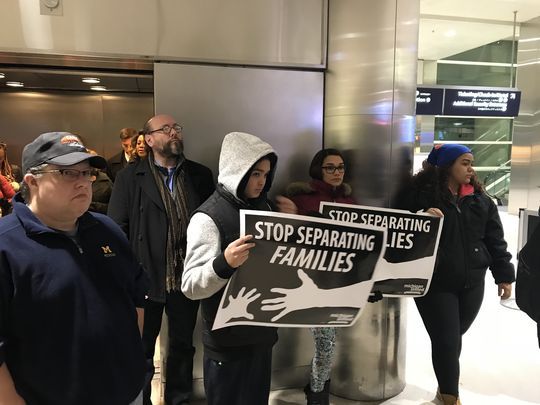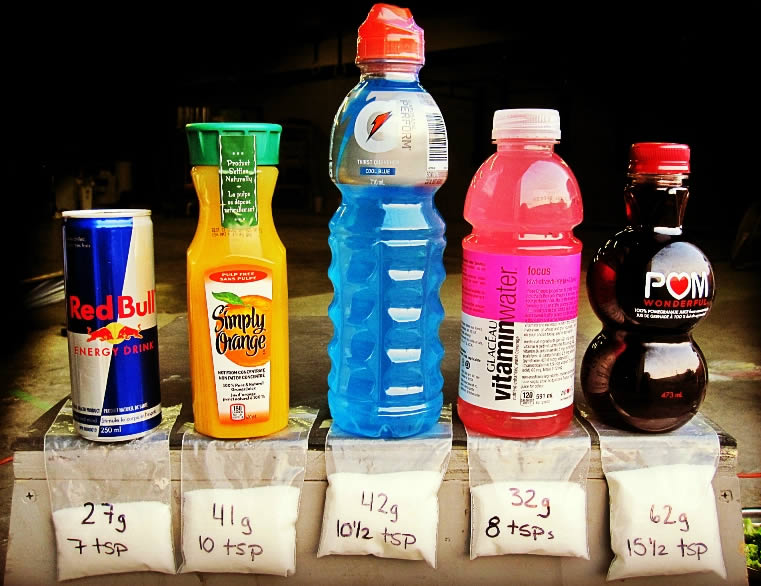How Rural America Became a Hospital Desert

Where we live plays a significant role in our healthcare. But many Americans don't have easy access to the healthcare they need. In the United States, 5% of rural hospitals have shut down since 2010 with maternal and obstetric care taking the hardest hit. About 16% of the mainland United States are 30 miles or more away from the nearest hospital, CNN reports. These areas with no access to a hospital are called "hospital deserts." Many regions that are hospital deserts also have higher rates of poverty and income gaps, leaving many residents with no options for emergency or regular healthcare. "There's a lot of people out in the rural community who feel like they've been forgotten," Jessica Thompson, a registered nurse who lives in a hospital desert in Tonopah, Nev., told ...
Read More







